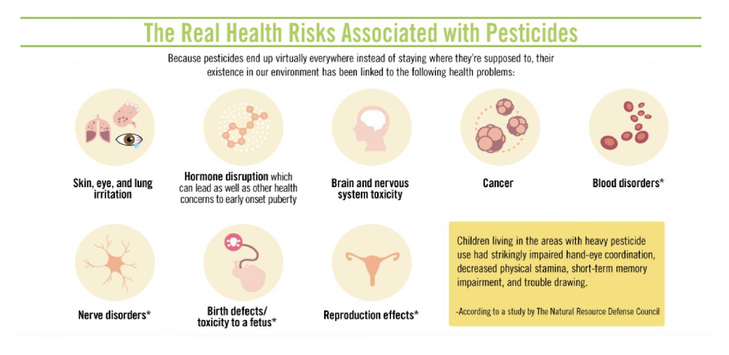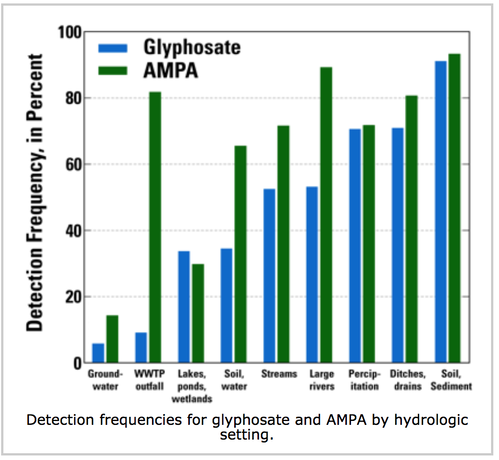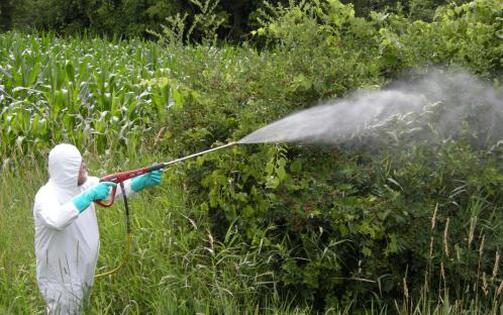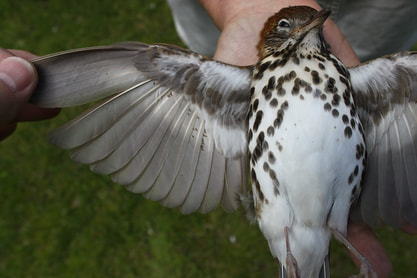Why Toxic Free?

The new evidence is overwhelming.
The EPA states that, “By their very nature, most pesticides create some risk of harm to humans, animals, and the environment because they are designed to kill or otherwise adversely affect living organisms.”
Herbicides are favored because they are readily available, perceived to be relatively cheap, and a supposedly benign method of killing “target species.” However, research has proven that their toxic effects are NOT limited to their respective target species, and, when factoring public health costs, we now know that synthetic pesticide use is too costly.
Our long term goal to is be pesticide-free: meaning that no harmful, synthetic herbicides or fungicides are used at all. In the past 30 years, long term studies in regenerative and permaculture (i.e. values driven) approaches, which focus on preventing problems around soil fertility, compaction, and pH balance, have proven to bring about healthy ecological conditions and increased biodiversity. Our land management practices would shift from being dependent on chemicals, to focusing on manual and mechanical methods, monitoring, public education and adjusting our aesthetic tastes. Safe alternatives to synthetic pesticides are available.
Ample evidence have been presented to courts across the country about how pesticide industries have sowed doubt and confusion about human and ecological hazards of pesticide use. A new book by environmental journalist Carey Gillam, The Monsanto Papers, outlines one particular case. See the Monsanto Papers webinar here.
A Public Health Crisis Of the 30 most commonly used pesticides, 1 is a proven carcinogen, 12 are probable carcinogens, 14 are closely associated with birth defects, 18 with reproductive effects like infertility, and 20 with liver or kidney damage. 11 are probable endocrine disruptors, and 18 can cause neurotoxicity, which impairs the nervous system resulting in myriad problems ranging from the ability to learn to chronic fatigue. In addition: 17 of these pesticides have been detected in groundwater, 23 can leach into groundwater, 16 are toxic to birds, 24 are toxic to fish and aquatic systems, and 11 are toxic to bees. (Beyond Pesticides)
In the U.S., one of every two men and one of every three women are likely to develop cancer over the course of a lifetime — and pesticides are part of the reason why. In 2019, there were 1,762,450 new cancer cases diagnosed and 606,880 cancer deaths in the United States, according to the American Cancer Society. While treatments and survival rates continue to improve, the incidence of some cancers are on the rise — including childhood cancers, leukemia and testicular cancer. We're experiencing a cancer epidemic, and evidence is growing ever stronger that pesticide exposure is a key contributor to this disturbing trend. |
Children are the most vulnerableOur children are particularly at risk: they take in more pesticides than adults relative to body weight and are less able to detoxify these chemicals. Evidence supporting their significant increased risk of almost everything from asthma to leukemia is overwhelming and too copious to list here. The EPA, World Health Organization, and the National Academy of Sciences, to name just a few, have all published significant, independent, non-industry funded studies strongly linking exposure to pesticides to increased risk of a range of cancers, neurotoxicity, and birth/developmental defects, leading many in the scientific community to conclude that the amount of toxic chemicals in the environment are directly contributing to the rise of physical and mental disorders found in children (National Research Council). Although research shows the direct adverse effect of particular pesticides, the long term cumulative effect of exposure to multiple pesticides present in our environment is yet unknown due to the lack of funding for research in this area.
|
|
Many synthetic pesticides harm multiple facets of an ecosystem, thereby damaging habitats, decreasing biodiversity and environmental health. For instance, glyphosate is not only a patented broad-spectrum systemic herbicide, but an antibiotic and desiccant, killing beneficial microbiota and rendering potentially healthy soil inert and infertile. It infiltrates pollen through other parts of the plant, affecting pollen development and thus the insects and birds that rely on that pollen. Glyphosate has proven to be toxic to earthworms, bees, spiders, and beetles, all of which we need for functional ecosystems. In addition, many studies indicate that commercial glyphosate formulations can be more toxic than pure glyphosate due to the toxicity and/or action of additives, such as surfactants (detergents).
|
Various pesticides have been detected in our air, rain, snowmelt and drinking water. Storm water collects and transports pesticides into swales, streams, rivers, lakes, and estuaries, where it causes mutations, endocrine disruptions, and increased mortality to various aquatic organisms, including amphibians, fish, and reptiles. In Philadelphia drinking water alone, the residues of the pesticides 2,4-D and Atrazine have been detected.
|

These chemicals are increasingly widespread:
When glyphosate starts to break down (i.e., degrade), it turns into a chemical that is just as toxic, AMPA. Glyphosate and AMPA are everywhere.
When glyphosate starts to break down (i.e., degrade), it turns into a chemical that is just as toxic, AMPA. Glyphosate and AMPA are everywhere.
- Glyphosate and, or AMPA were detected commonly in surface waters (59 percent of 470 sites), and infrequently in groundwater or soil water (8.4 percent of 820 sites).
- Glyphosate was detected in more than 50 percent of soil and sediment samples, and water samples from ditches and drains, precipitation, large rivers, and streams.



